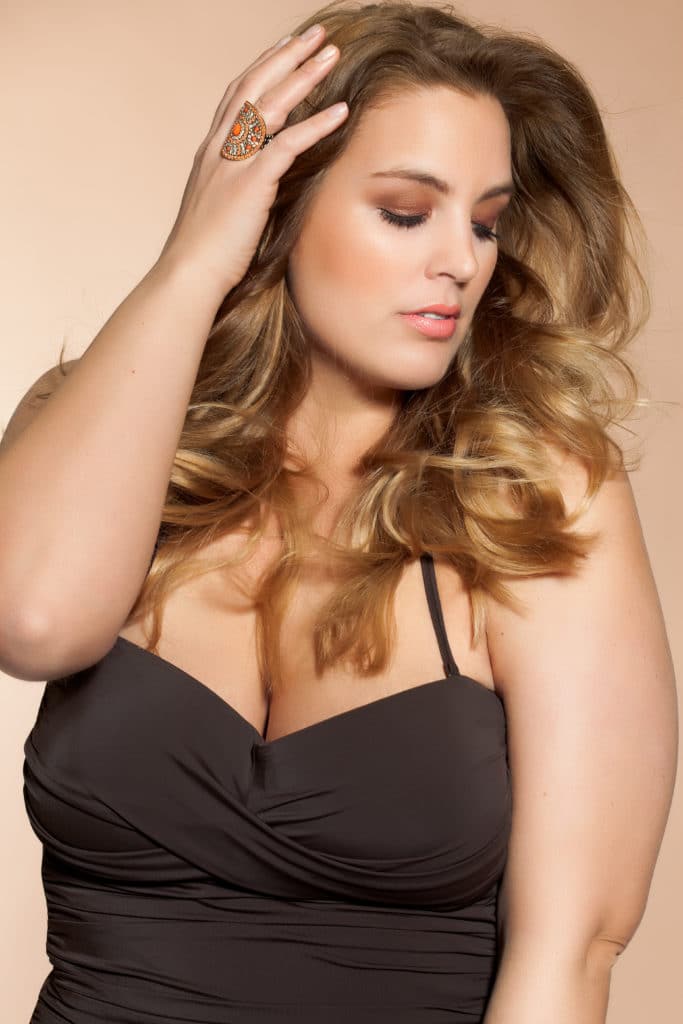Diversity is becoming an increasing focus in the fashion industry. More brands are aiming to be more inclusive with their lines and their models. The modelling niche of plus-size modelling, in particular, has become more commonly seen not only in commercial modelling but also in high-fashion (although their views on plus-size vary hugely compared to catalogue modelling).
Demand is higher than ever and more curvy models are becoming household names. It’s the perfect time for plus-size aspiring models to enter the industry.
Read on to discover out tips on becoming a successful curvy model.
8 Famous Curvy Models
– Ashley Graham
– Tara Lynn
– Candice Huffine
– Tess Holliday
– Iskra Lawrence
– Robyn Lawley
– Denise Bidot
– Barbie Ferreira
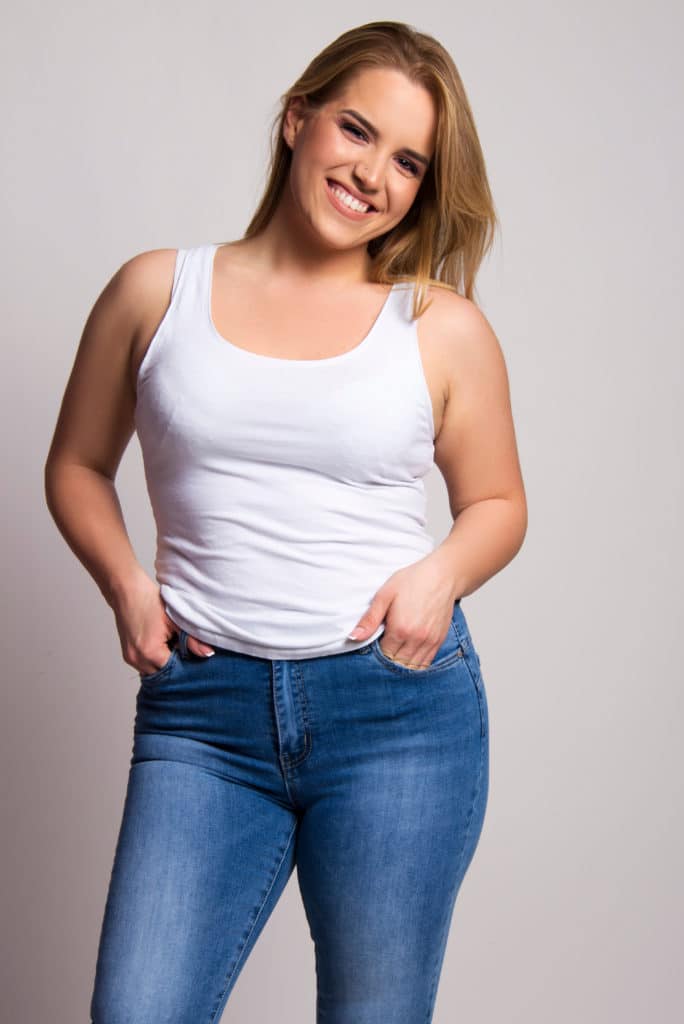
Are you interested in becoming a plus-size model? Register with us today!
What Does the Fashion Industry Consider “Plus-Size”?
The term plus-size relates to different sizes depending on which niche of modelling you’re in.
In commercial modelling, a plus-size model is any model whose UK clothing size is above the national average. In the UK, a size 12 is most common, so those a size 14 and above are considered plus-size.
In high-fashion, however, it’s an entirely different story. High-fashion has far stricter criteria and all their female models are around a size 6-8. That means anyone above a size 8 is considered plus-size (even though the reality is that they have a normal body size).
What Is The Curvy Model Physique?
Most brands prefer that plus-size models are in proportion – that means having an hourglass-shaped physique. A flatter tummy is also generally preferred as it tends to look better in clothing.
Models who fit into the height category of typical models (in commercial modelling, for women that’s over 5’8″ and for men that’s over 5’11” tall) will likely find it easier to get work, too.
As for shoe size, there is no preference. It also doesn’t matter how much you weigh.
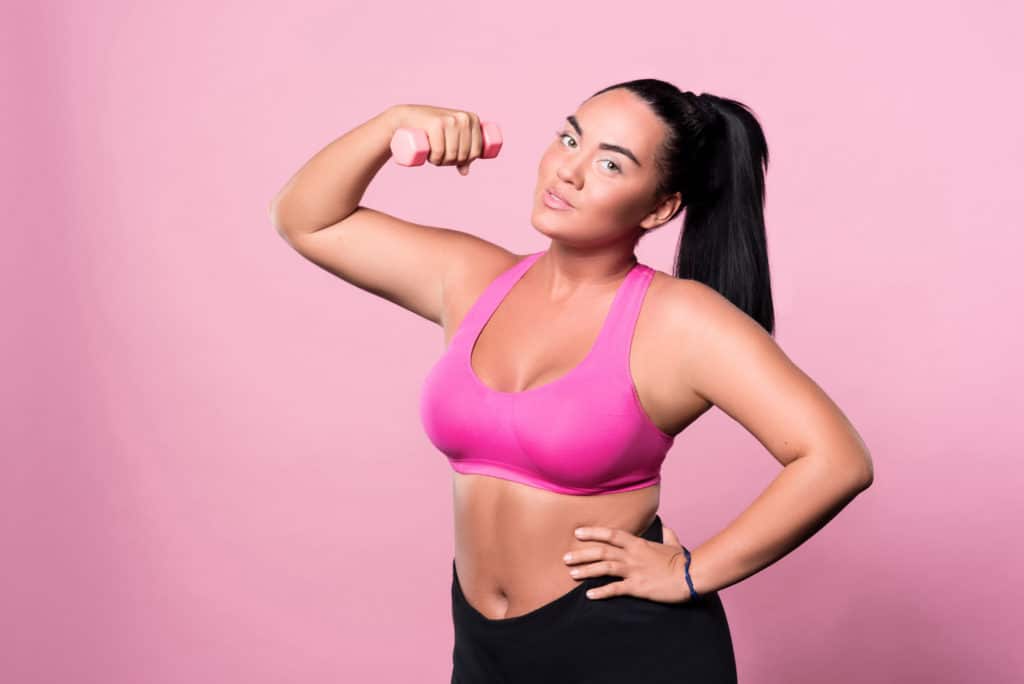
Do You Have To Be All Natural?
No! Many models have had work done, even if they hate to admit it. It’s thought that Bella Hadid has had her nose done, and Kendall Jenner may also have had work done to her face. Plenty of other models have had breast implants, liposuction and other cosmetic procedures to perfect their bodies.
Any body midifications (e.g. plastic surgery) that are obviously fake will count against you. Unless they’re catering to a specific audience, generally speaking brands prefer the more natural look.
Most brands prefer you achieve your look by eating well and exercising as this is a more achievable and realistic expectation to set for their audience.
How to Be Healthy and Fit
Some people are natually more slender than others, while others have a more curvy shape. Anyone who has a more naturally curvy body shouldnt try to force their body to meet the expectations set by the high-fashion industry. Only a fraction of the world’s women have the body type to achieve such strict standards. Even if all women ate the same and did the exact same workout as a supermodel, the majority of us would still look nothing like them. Unfrotunately, it comes down to having good genes as well as a strict workout and diet regime.
Don’t be discouraged if you don’t meet the standards set by high-fashion. There are plenty of other modelling niches to look into that aren’t as strict about their requirements. Plus-size modelling is a growing niche of the commercial modelling sector. More and more brands are creating lines to cater to their curvier customers, and they require curby models to reflect them. Demand is higher than ever and it’s a great time for plus-size models to enter the industry as there is plenty of work about.
Plus-size models still need to eat well and exercise regularly. This is to keep skin clear, hair and nails strong and muscles toned. Modelling can be a tiring and demanding job, so you need a certain level of fitness to keep up with the demands of the job. You may be required to work long hours with little rest, and busy models may need to travel a lot which can be very tiring and taxing on the immune system. Having strong limbs from working out will help with posing and look better in photos, too.
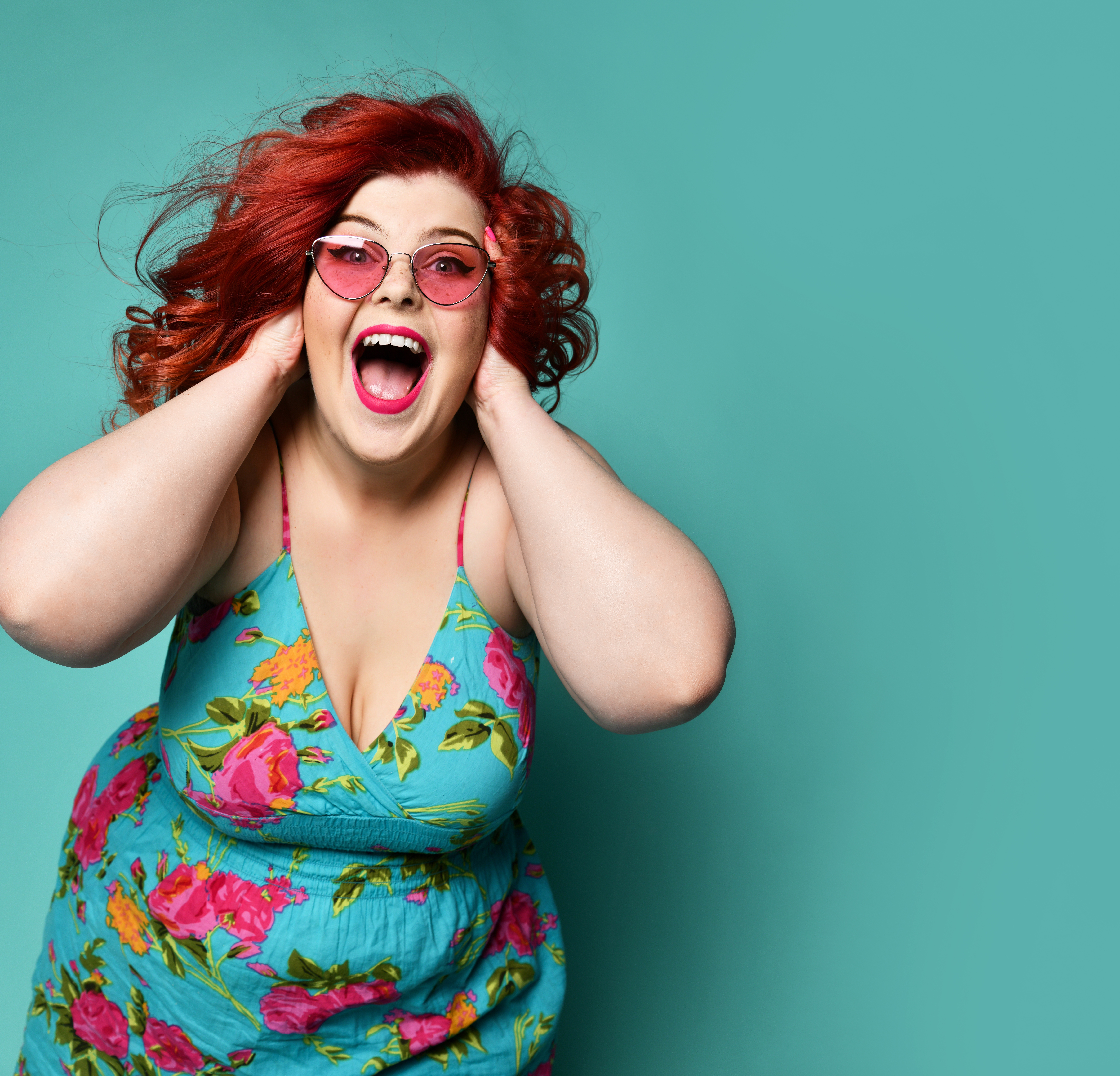
How to Become a Plus-Size Model
Becoming a plus-size model is similar to becoming a regular model – it’s all about having a strong modelling portfolio and getting signed to a good agency.
There are plenty of agencies that work specifically with plus-size models, and there are even more that have a category for their plus-size models. Find the agencies you like the look of and get applying (there should be an application process on their website). Don’t worry if you don’t hear back straight away. Agencies receive hundreds of applications each week.
If you do hear back you will be invited to an in-person audition (also known as a casting call). Here, you may be asked to show off your walk or try on some clothing. You will then find out whether they think you are a good fit for their agency.
An agency will sign a model if they think that the model has a good chance of booking jobs and making money. Having a strong portfolio that shows off your modelling experience and talents will help agencies see if you’re a worthy investment.
Using Social Media
Instagram is a great platform to see lots of different body shapes. Plus-size models should think about utilising social media as a way to build a fanbase and attract the attention of different agencies and brands.
Social media allows you to control how your own image is portrayed to the masses. Many plus-size models are body positivity advocates on social media.
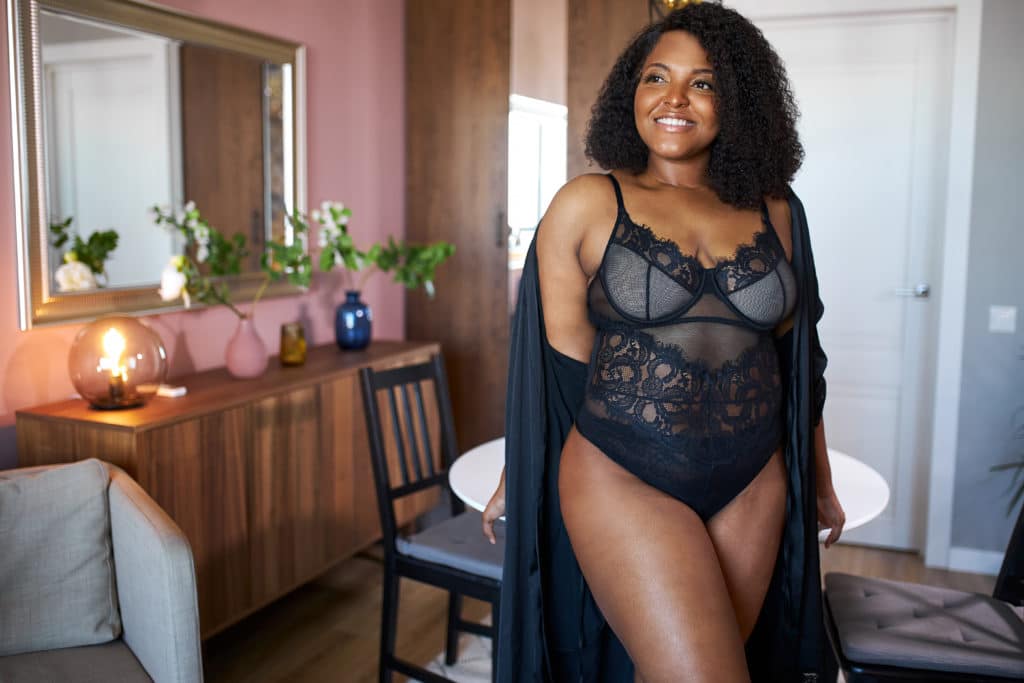
Can Men Be Plus-Size Models?
Absolutely. Plus-size men can be seen on websites like ASOS and Boohoo. Unfortunately, the male modelling industry has some way to go before they’re equal to women’s modelling. Industry standards tend to be even stricter for men, and men have a harder time becoming household names.
What Do You Need to Be a Plus-Size Model?
There are no definitive rules that must be followed to be a plus-size model, however having the following does help:
– A proportional body that looks good in clothing (including swimwear and lingerie)
– Lots of confidence
– Thick skin (you may get some negative comments and its important you are able to brush these off)
– Good skin (though this isn’t set in stone, and plenty of models have blemishes; having good skin simply saves brands money as they don’t have to fork out as much on post-photography editing, and their makeup artist doesn’t have to spend as long doing makeup)
– Tall (5’8 for women and over 5’11 for men)
– Photogenic
– Walks well (for women, that means in heels)

